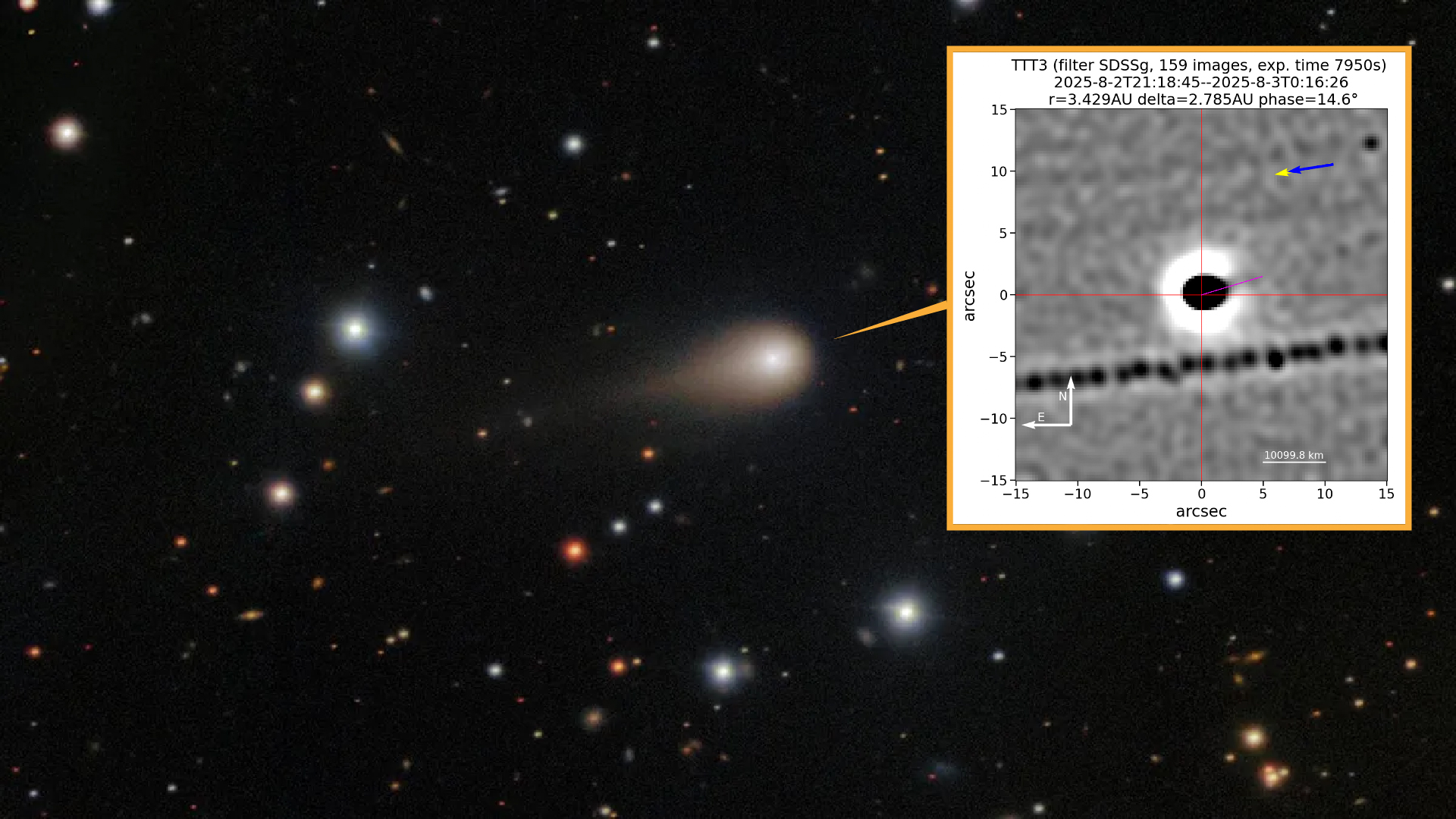Hallucinogen Comforts Fatally Ill Patients in Study
The hallucinogen found in the illegal substance known as magic mushrooms appears safe for treating the anxiety felt by patients who have advanced, terminal cancer, according to a new study.
The results of the small-scale study in California provide preliminary evidence that the compound psilocybin can reduce anxiety and improve the mood of those patients without harmful effects. Separate studies are under way at two universities.
"There were no physiological adverse effects from the treatment, and there were no psychological adverse effects," said study researcher Dr. Charles Grob, of Harbor-UCLA Medical Center and Los Angeles Biomedical Research Institute, in Torrance "Nobody had a bad trip, nobody had a bad anxiety reaction."
The study was the first in more than 35 years to examine the use of hallucinogens as psychiatric therapy for patients facing death, according to the researchers. However, Grob said, it involved only a dozen participants, and the dose they received was modest.
"Right now we're just kind of very, very carefully, cautiously opening the door again on an old, old research model that was shut down many decades ago," Grob said.
The study was published online Monday in the Archives of General Psychiatry, a Journal of the American Medical Association.
Research on hallucinogens
Get the world’s most fascinating discoveries delivered straight to your inbox.
Psychiatric research on hallucinogens was conducted in the 1950s through the 1970s and showed promising results, Grob said. However, it was stopped after popular recreational use of these drugs led to cases of drug abuse, including people who experienced psychological disturbances. As a result, they were perceived as a public health concern.
"These were compounds in the '60s that I think became almost too hot to handle," Grob said.
Over the last decade, researchers have resumed examining whether the hallucinogens have psychiatric benefits, Gorb said.
In the new study, 12 participants ages 36 to 58, all with advanced-stage cancer , took part in two six-hour treatment sessions that took place several weeks apart. In one session, participants received psilocybin, which has psychological effects similar to LSD. In the other, they received a placebo, niacin, which has some effects on the body, such as flushing, but does not alter a person's state of mind.
After taking either the drug or the placebo, participants lay down and listened to music for several hours while they wore eyeshades. They were then interviewed to assess changes in their mood and anxiety, and follow-up interviews went on for six months.
Drug benefits
The patients who took psilocybin reported a general reduction in their anxiety over the next six months, with the biggest reduction coming at the one-month and three-month marks. Also, a significant lessening of depression was seen at the six-month mark.
The patients said they felt the drug contributed to their emotional improvement, Grob said.
"Individuals did speak up and tell us that they felt it was of great value," Grob said.
Previous research on hallucinogens used much higher doses of psilocybin, and the researchers suspect that the effect on anxiety may be more pronounced with larger doses.
Two other studies on the anxiety-reducing abilities of hallucinogens for those with advanced-stage cancer are being conducted at New York University and Johns Hopkins University, Grob said, and those researchers have permission to use slightly higher doses.
"Their results may be an improvement on ours; we'll have to wait and see," Grob said.
The California study was funded by Heffter Research Institute, the Betsy Gordon Foundation and the Nathan Cummings Foundation.

Rachael is a Live Science contributor, and was a former channel editor and senior writer for Live Science between 2010 and 2022. She has a master's degree in journalism from New York University's Science, Health and Environmental Reporting Program. She also holds a B.S. in molecular biology and an M.S. in biology from the University of California, San Diego. Her work has appeared in Scienceline, The Washington Post and Scientific American.
